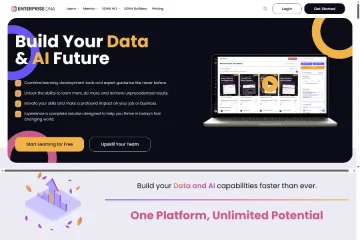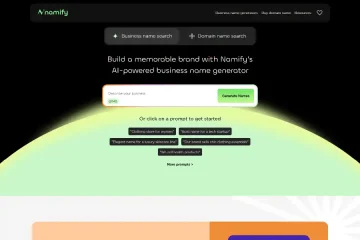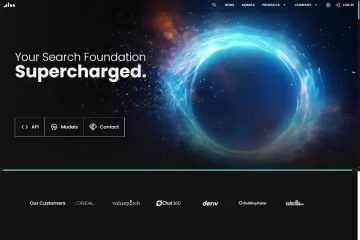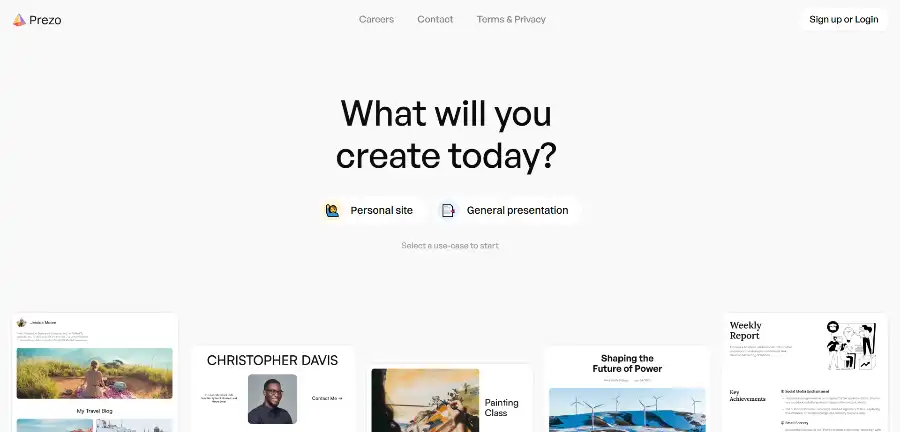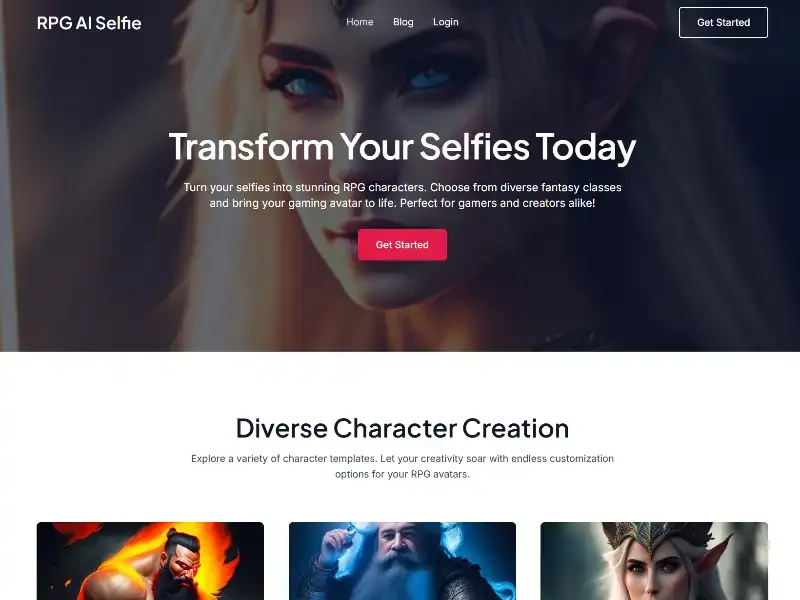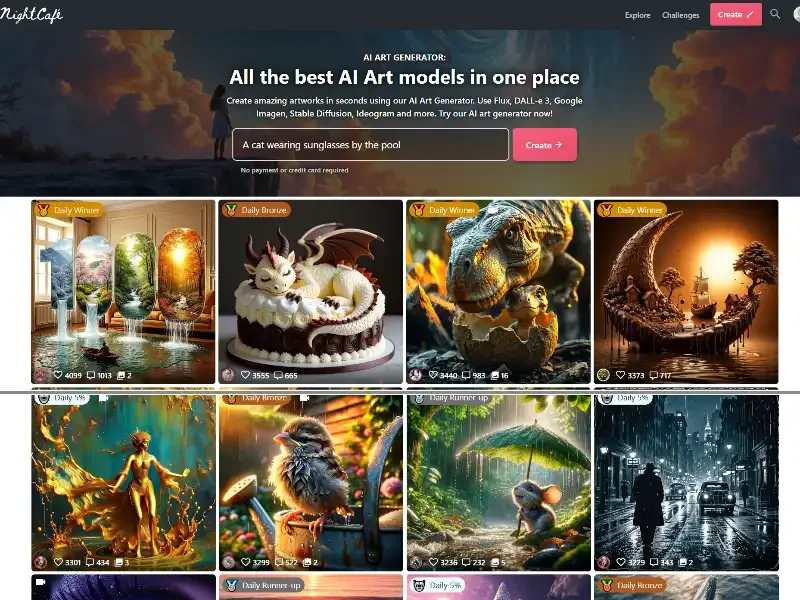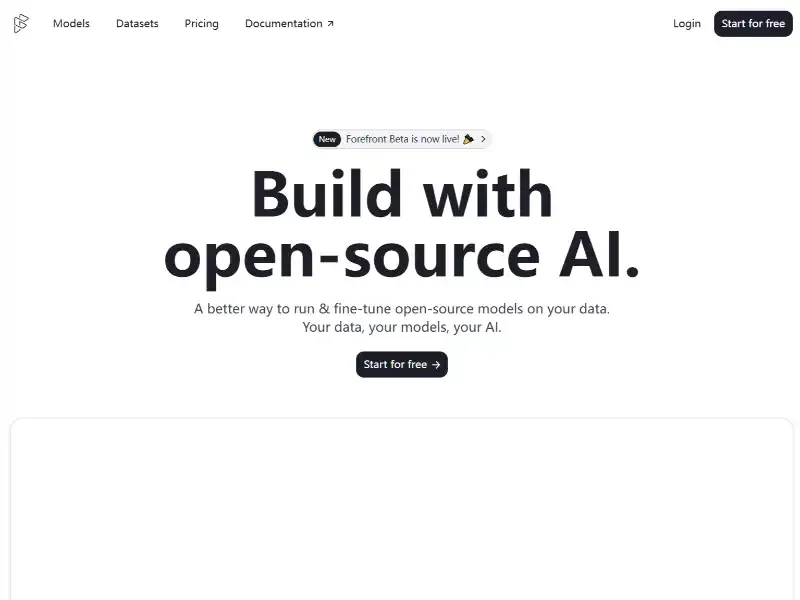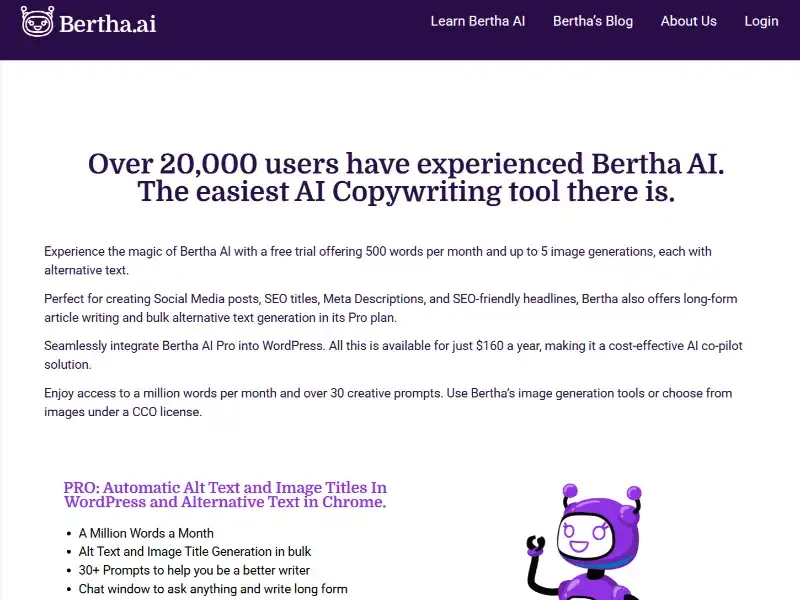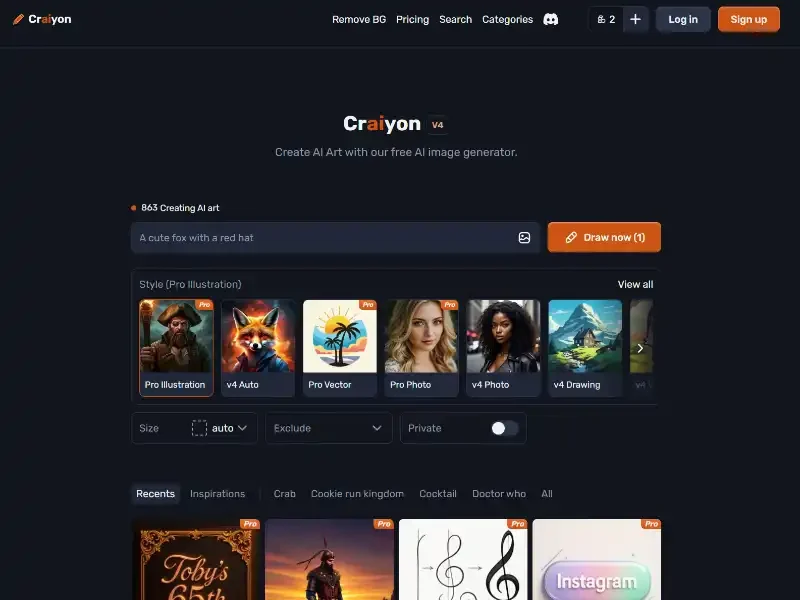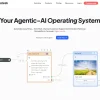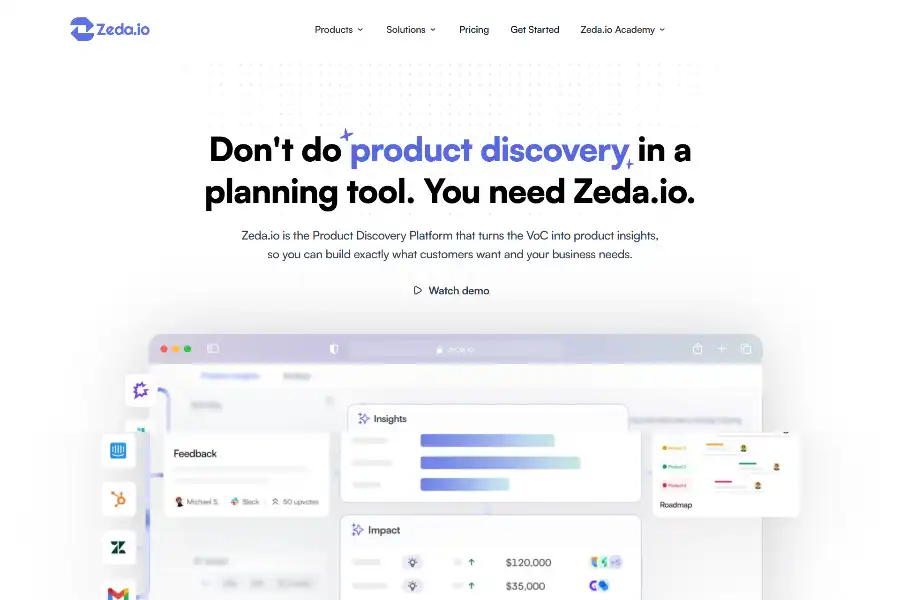
Zeda.io: The Voice-of-Customer-Driven AI Product Management Platform—A 360° Analyst Report
Introduction – Why Zeda.io Commands Attention in 2025
In an era where product-market fit is decided in weeks—not quarters—the difference between category leaders and laggards is the speed at which teams translate raw customer feedback into revenue-generating features. Zeda.io positions itself as the first “Product Discovery Platform” that closes this loop by embedding large-scale Voice of Customer (VoC) analytics directly into the product planning workflow. Rather than treating VoC as a research side-project, the platform elevates it to the central nervous system of product strategy. This report unpacks the technology, commercial traction, and strategic implications for enterprises evaluating Zeda.io against legacy road-mapping suites.
Core Value Proposition – From Noise to Signal at Scale
Traditional planning tools—think Productboard, Aha!, or Jira Advanced Roadmaps—excel at organizing backlog items once the “what” and “why” are already decided. Zeda.io intervenes one step earlier: it autonomously ingests qualitative and quantitative feedback streams, surfaces revenue-weighted insights, and then auto-generates validated roadmap candidates. In plain terms, it tells teams not only what customers are saying, but how much money each request is worth, how churn risk correlates with specific gaps, and which “quick wins” can be shipped in the next sprint to unlock immediate ARR.
Technical Architecture – How the AI Works Under the Hood
1. Data Ingestion Mesh
Zeda.io offers 5,000+ pre-built integrations spanning CRM (Salesforce, HubSpot), support (Zendesk, Intercom), survey (Typeform, Delighted), product analytics (Amplitude, Mixpanel), and even Gong call transcripts. A lightweight ETL layer normalizes semi-structured text, audio transcriptions, NPS scores, and usage events into a unified VoC graph. The schema is ontology-aware: synonyms such as “export CSV” and “download data” are mapped to a single canonical feature request node.
2. NLP & Sentiment Engine
Under the hood, the platform runs a fine-tuned transformer model (comparable to DeBERTa-v3-large) fine-tuned on 28 million customer support tickets and product feedback snippets. The model performs:
- Aspect-level sentiment analysis to distinguish “slow dashboard” from “slow API”.
- Revenue attribution by cross-referencing each verbatim with account ARR and renewal date.
- Churn probability scoring via gradient-boosting on historical win/loss data.
The result is a living “Opportunity Radar” heatmap that updates every 15 minutes and can be sliced by segment, product area, or geography.
3. Generative Insight Engine (“Ask AI”)
Product managers can pose natural-language questions—“Which integrations drive the highest expansion revenue for mid-market accounts?”—and receive a citation-backed answer summarizing the top three evidence clusters. The retrieval layer combines dense vector search with symbolic query planning to ensure both recall and precision.
4. Prioritization & Simulation Suite
Zeda.io’s prioritization matrix blends RICE-style scoring with uplift simulation. A probabilistic forecast engine (Bayesian structural time series) estimates the ARR impact of shipping a given feature across multiple rollout scenarios. Monte Carlo runs yield confidence bands, enabling execs to see P90 vs. P50 revenue forecasts at a glance.
Functional Modules – A Tour of the UI/UX
Insights Hub
A Kanban-style board auto-buckets feedback into “Problem Themes.” Each card displays ARR at risk, customer verbatims, and opportunity size. Color gradients signal urgency based on churn likelihood.
Roadmap Builder
Drag-and-drop epics inherit metadata from Insights Hub. Two-way sync with Jira, Azure DevOps, and Shortcut means engineering never leaves their toolchain while stakeholders see real-time progress.
AI Report Scheduler
Weekly digest emails auto-curate the top five emerging themes, complete with revenue impact charts. Executives can subscribe to a C-suite version that omits granular tickets but highlights portfolio-level risks.
Feedback Capture Widget
A lightweight React component can be embedded in-product or in-support portals to capture micro-feedback without engineering lift; responses feed directly into the VoC graph within seconds.
Market Applications – Industry Snapshots
B2B SaaS
A Series-C martech vendor cut roadmap planning time from 3 weeks to 4 days and increased expansion ARR by 17 % within two quarters by prioritizing integrations surfaced by Zeda.io’s Opportunity Radar.
FinTech
A European neobank used churn risk scores to fast-track a “virtual cards for subscriptions” feature, preventing an estimated $3.4 M in annual churn among Gen-Z users.
HealthTech
A telehealth provider deployed Zeda.io to triage 50,000 patient feedback messages after a major UX overhaul. The platform flagged “appointment rescheduling friction” as the top revenue-impacting theme, leading to a 12 % reduction in patient drop-off.
Competitive Landscape – How Zeda.io Stacks Up
Legacy road-mapping suites treat feedback as a static input. Zeda.io’s live VoC graph, ARR-weighted scoring, and generative Q&A create a category wedge. Compared to Pendo’s analytics-centric approach or UserVoice’s voting portals, Zeda.io’s predictive revenue lens is unique. The closest analog is Dovetail, yet Dovetail stops at qualitative insight; Zeda.io bridges the gap to engineering delivery.
Pricing & Packaging – Democratizing Access
Zeda.io employs a hybrid seat- and usage-based model:
- Starter (free up to 500 feedback items / month) targets early-stage startups.
- Growth ($59/editor/month) unlocks advanced AI reports and 10,000 items.
- Enterprise (custom) adds SSO, on-prem connectors, and a 99.9 % SLA.
Annual contracts typically include a 14-day proof-of-value sprint with a dedicated customer scientist.
User Feedback – What Customers Say on G2 & Capterra
G2 score: 4.7 / 5 (as of July 2025; 312 reviews). Praise clusters around “time saved in triaging feedback” and “board-ready revenue charts.” Criticisms center on initial schema setup complexity for companies with non-standard data models—addressed via an in-app “Data Mapper” released in May 2025.
Implementation Playbook – From Pilot to Production in 10 Days
Day 1–2: Connect core VoC sources (support, CRM, product analytics).
Day 3–5: Run historical backfill; validate AI themes with PM leadership.
Day 6: Simulate three roadmap scenarios; socialize P50 vs. P90 forecasts.
Day 7–9: Enable two-way Jira sync; train engineering on Insight Hub cards.
Day 10: Executive read-out; sign annual contract.
Roadmap & Future Vision – Toward Autonomous Product Strategy
Publicly disclosed roadmap items include:
- LLM-powered “feature spec” auto-drafting that turns an Insight Hub card into a PRD with acceptance criteria.
- Real-time win/loss ingestion from Gong to enrich opportunity sizing.
- Verticalized models for e-commerce and marketplaces to better decode buyer vs. seller feedback.
CEO Prashant Mahajan’s north-star metric: “Reduce the median time from customer problem identification to validated roadmap item to under 24 hours.”
Risk Considerations & Mitigations
Data Privacy: SOC 2 Type II certified; GDPR and HIPAA add-ons available.
Model Drift: Quarterly retraining cycles plus customer-specific fine-tuning for logos with >5,000 monthly feedback items.
Vendor Lock-in: All ingested data can be exported as parquet files via API to mitigate switching costs.
Conclusion – Should Your Organization Adopt Zeda.io?
For product-led growth companies where roadmap missteps translate directly into churn and stalled expansion, Zeda.io offers a quantifiable edge. The platform’s unique fusion of VoC analytics, revenue-weighted prioritization, and generative Q&A compresses discovery cycles from months to days. While enterprises with heavily customized data architectures must budget for initial schema mapping, the 10-day pilot model de-risks adoption and typically delivers ROI inside one quarter. In short, Zeda.io is not another planning board—it is a strategic weapon for turning customer truth into compounding ARR.

